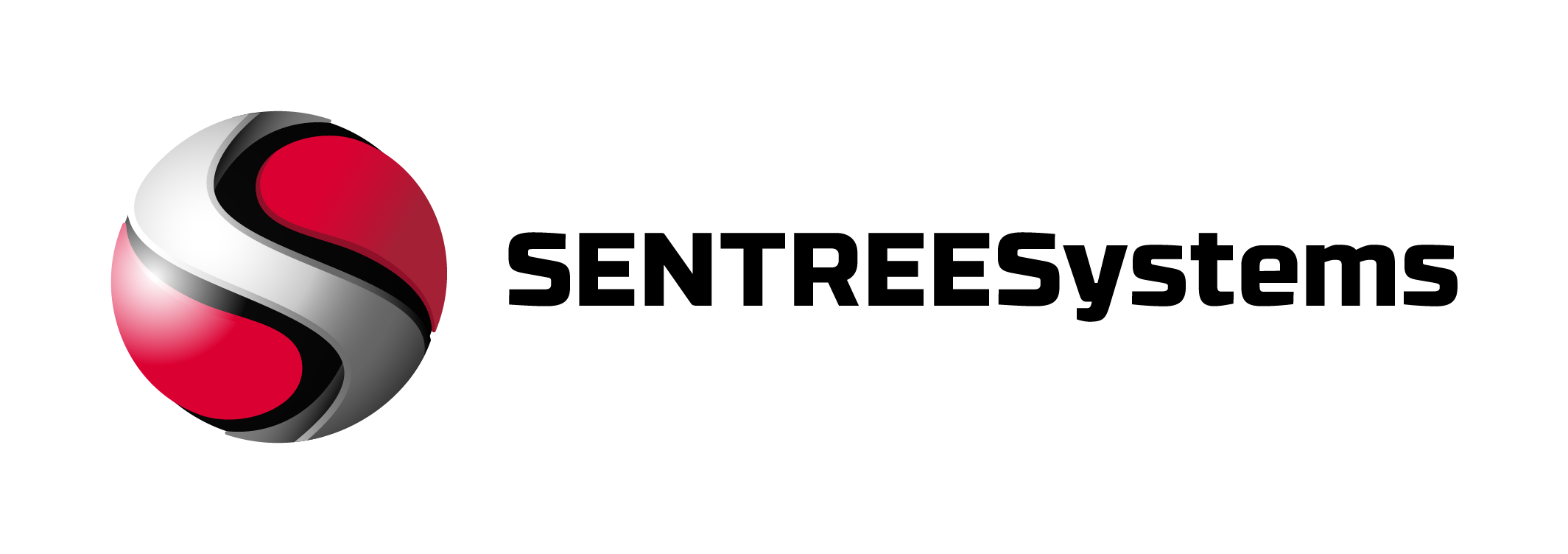Small businesses face a stark reality: cybercriminals increasingly target organizations with 25-500 employees because they lack enterprise-grade defenses. Artificial intelligence has become the great equalizer, enabling small companies to deploy sophisticated ai security automation tools that previously required massive budgets and dedicated security teams.
These AI-powered platforms detect anomalies in real-time, automatically respond to threats, and learn from attack patterns to prevent future incidents. The technology transforms security from a reactive expense into a proactive business enabler.
Key Takeaways
- Deploy endpoint protection first – AI-powered EDR catches threats traditional antivirus misses
- Automate email security – Business email compromise costs small businesses an average of $254,445
- Consider managed services – MDR providers deliver 24/7 monitoring without hiring security staff
- Start with cloud-native tools – No hardware deployment, faster time to protection
- Budget 3-5% of IT spending – ROI comes from avoided downtime and breach costs
What should small businesses deploy first for AI security automation?
Start with AI-powered endpoint detection and response (EDR) that monitors every device for suspicious behavior patterns.
A 40-person accounting firm noticed their AI security tool flagging unusual file encryption activity on a laptop at 3 AM. The system automatically isolated the device and rolled back the encryption process before ransomware could spread. Total business disruption: 15 minutes instead of weeks.
This approach mirrors what I’ve observed across hundreds of small business deployments over the past decade.
Essential AI Security Automation Tools Categories
EDR vs XDR
Endpoint Detection and Response (EDR) monitors individual devices, while Extended Detection and Response (XDR) correlates signals across endpoints, email, and network traffic. Small businesses should start with EDR and upgrade to XDR as they grow.
User and Entity Behavior Analytics (UEBA)
UEBA establishes baseline patterns for how employees access systems, then flags deviations that might indicate compromised accounts or insider threats. Particularly valuable for businesses with remote workers.
SIEM/SOAR vs MDR/MSSP
Security Information and Event Management (SIEM) collects logs, while Security Orchestration and Response (SOAR) automates responses. Most small businesses benefit more from Managed Detection and Response (MDR) services that provide human analysts alongside AI tools.
NIST Cybersecurity Framework Integration
Identify: Asset discovery and vulnerability scanning. Protect: Access controls and employee training. Detect: AI anomaly detection and threat hunting. Respond: Automated incident response and containment. Recover: Backup restoration and business continuity.
For healthcare organizations, these tools help maintain HIPAA Security Rule compliance by providing audit trails, access monitoring, and encryption management required for protected health information.
Top AI Security Automation Tools Comparison
| Platform | Primary Function | Best For | Starting Price |
|---|---|---|---|
| CrowdStrike Falcon Go | AI-native endpoint protection | Small businesses needing simple deployment | $59.99/device annually |
| SentinelOne Singularity | Automated threat hunting and response | Growing companies with IT staff | $69.99/endpoint annually |
| Microsoft Defender for Business | Integrated Office 365 security | Microsoft-centric environments | Custom pricing |
| Huntress Platform | 24/7 managed detection and response | Businesses without security staff | Contact for pricing |
| Sophos Intercept X | SMB email protection and endpoint security | Budget-conscious small offices | $59.80 annually |
Affordable Email Security for Small Companies
Business email compromise represents the highest financial risk for most small businesses, with attacks becoming increasingly sophisticated through AI-generated phishing content.
AI-Powered Email Protection Features
- URL rewriting and sandboxing – Links get analyzed in isolated environments before reaching users
- Attachment detonation – Files execute in secure containers to detect malicious behavior
- Impersonation detection – AI compares sender patterns against known contacts and executives
- Business email compromise defense – Flags unusual payment requests and wire transfer instructions
Implementation Strategy
Deploy cloud-based email security that sits between your email provider and users. Most solutions integrate with Office 365 and Google Workspace within minutes, requiring only DNS configuration changes.
How much should a 25-person company spend on AI security automation?
Budget $150-400 per user annually for comprehensive AI security automation, including endpoint protection, email security, and basic monitoring services.
- Endpoint protection: $60-120/user annually for AI-powered EDR
- Email security: $24-96/user annually for advanced threat protection
- Network monitoring: $120-300/user annually for full network visibility
- Managed services: $50-150/user monthly for 24/7 SOC support
Calculate ROI by measuring reduced downtime, faster incident response, and avoided breach costs. The FTC estimates small business data breaches cost 20 times more than prevention. NIST’s Cybersecurity Framework provides guidelines for measuring security investment effectiveness.
Phishing Defense for SMBs
AI Anti-Phishing Capabilities
Modern phishing attacks use AI to personalize content and evade traditional filters. Counter this with AI security automation tools that analyze:
- Sender reputation and authentication – SPF, DKIM, and DMARC validation
- Content analysis – Language patterns, urgency indicators, and request types
- Link and attachment inspection – Real-time threat intelligence feeds
- User behavior patterns – Unusual recipient lists or sending times
- Executive impersonation detection – Lookalike domains and display name spoofing
Training Integration
Combine AI detection with automated security awareness training. When employees report suspicious emails, the system provides immediate feedback and tailored training modules based on their specific risk patterns.
Free and Budget Options
Small businesses can start their AI security journey without significant upfront investment through open-source and freemium platforms.
No-Cost Solutions
- Wazuh: Open-source SIEM with AI-powered threat detection for unlimited endpoints
- Tenable Nessus Essentials: Free vulnerability scanning for up to 16 IP addresses
- Microsoft Defender: Built into Windows with basic AI behavioral analysis
Low-Cost Commercial Options
- Malwarebytes for Teams: AI-powered protection starting at $59.99 annually for 3 devices
- Bitdefender GravityZone: Enterprise-grade protection at small business pricing
- Cloudflare Gateway: DNS-based threat blocking with AI analysis
Implementation Checklist
Follow this sequence to deploy ai security automation tools effectively across your organization:
- Conduct asset inventory – Document all devices, users, and critical systems
- Enable multi-factor authentication – Deploy across all business applications
- Install endpoint protection – Choose AI-powered EDR over traditional antivirus
- Secure email systems – Add advanced threat protection and user training
- Implement network monitoring – Deploy DNS filtering and traffic analysis
- Create incident response plan – Define escalation procedures and communication protocols
- Schedule regular testing – Quarterly phishing simulations and vulnerability scans
Conclusion
AI security automation tools have democratized enterprise-grade cybersecurity for small businesses. The technology handles routine monitoring and response tasks, allowing limited IT resources to focus on strategic initiatives. Start with endpoint protection and email security – these two categories prevent the majority of successful attacks against small businesses. The investment pays for itself through reduced downtime, faster incident response, and avoided breach costs.
FAQ
What’s the cheapest way for a small business to protect against cyber threats?
Start with free solutions like Wazuh for monitoring and Microsoft Defender for endpoints, then add AI security automation tools as budget allows. Focus on email security first since business email compromise causes the highest financial losses.
Is Microsoft 365 email security enough for my small company?
Basic Microsoft 365 protection blocks known threats but misses sophisticated AI-generated phishing and zero-day attacks. Add third-party email security for advanced threat protection and user behavior analysis.
Do small businesses really need AI-powered cybersecurity?
Yes – cybercriminals increasingly use AI to create personalized, adaptive attacks that bypass traditional security. AI security automation tools level the playing field by detecting these advanced threats in real-time.
How quickly can AI security tools detect threats?
Modern AI platforms detect threats in seconds to minutes, compared to days or weeks for traditional methods. Automated response capabilities can isolate infected devices and block malicious domains immediately.
What if my small business gets hacked despite AI security tools?
AI tools significantly reduce breach likelihood and limit damage through automated containment. Maintain offline backups, practice incident response procedures, and consider cyber insurance as additional protection layers.
Can AI security automation tools work with remote employees?
Cloud-based AI security platforms protect remote workers regardless of location. They monitor device behavior, secure internet connections, and analyze email threats whether employees work from home or office.
How often should small businesses update their AI security tools?
Most AI security automation tools update automatically with new threat intelligence and detection models. Review and adjust configurations quarterly, and evaluate new vendors annually as the market evolves rapidly.












